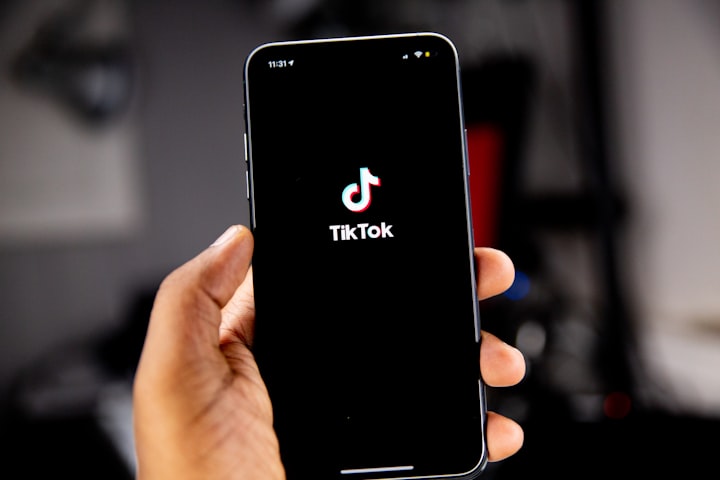
Internet surveying
also known as online surveying or web-based surveys, is a data collection method that leverages the Internet to gather information from a large number of participants. It has gained immense popularity in recent years due to the widespread availability and accessibility of the Internet. This method allows researchers, organizations, and businesses to collect data efficiently, cost-effectively, and with the potential for global reach. In this explanation, we will explore the key aspects of internet surveying, its benefits and challenges, and best practices for conducting successful online surveys.
Internet surveying begins with the creation of an online survey questionnaire. This questionnaire can be designed using various survey software or online platforms specifically developed for survey administration. These tools provide a wide range of question types, including multiple-choice, rating scales, open-ended questions, and more, allowing researchers to tailor the survey to their specific needs.
Once the survey questionnaire is ready, it needs to be distributed to potential respondents. This can be achieved through different methods. One common approach is to share the survey link via email invitations. This method allows researchers to target specific individuals or groups by sending personalized invitations with unique survey links. Alternatively, surveys can be shared through social media platforms, websites, or online communities, enabling a broader reach to a diverse audience.
Internet surveying offers several advantages over traditional survey methods. First and foremost, it provides a cost-effective solution, eliminating the need for printing, postage, and manual data entry. With online surveys, the entire process, from survey creation to data collection, can be automated, saving time and resources. Moreover, internet surveying enables rapid data collection and analysis. Responses are typically recorded electronically, and real-time data monitoring and analysis tools can be utilized to gain instant insights.
Another key advantage of internet surveying is its scalability. Online surveys can reach a large and geographically diverse audience, including individuals from different demographic backgrounds and locations. This enhances the representativeness and generalizability of the collected data. Additionally, internet surveying facilitates anonymity, allowing respondents to provide honest and unbiased answers on sensitive topics.
Despite its numerous benefits, internet surveying also poses certain challenges that researchers must consider. One major concern is the issue of nonresponse bias. Since online surveys rely on voluntary participation, certain demographic groups or individuals who are less tech-savvy may be underrepresented. Researchers should employ sampling techniques and statistical adjustments to mitigate this bias and ensure the data is representative of the target population.
Another challenge is the potential for response fraud or data manipulation. As online surveys can be accessed by anyone with an internet connection, there is a risk of receiving fraudulent or dishonest responses. To combat this, researchers can implement attention checks, validation questions, or captchas to verify the authenticity of responses. Additionally, data cleaning and validation processes should be employed to identify and exclude suspicious or unreliable data.
To ensure the success of internet surveying, researchers should adhere to best practices. Clear and concise survey instructions are crucial to guide respondents and minimize confusion. It is important to use simple and easily understandable language, avoiding jargon or technical terms that may hinder comprehension. Proper question ordering, randomization, and balanced response scales are essential to reduce response bias and maintain survey integrity.
Furthermore, researchers should consider the length of the survey. Long surveys may lead to respondent fatigue and higher dropout rates. To enhance participation rates, surveys should be kept concise and focused, with relevant and engaging content. Additionally, offering incentives, such as small rewards or entry into prize draws, can motivate respondents to complete the survey.
Data security and privacy are paramount in internet surveying. Researchers should employ secure survey platforms that ensure the confidentiality of respondent data. Compliance with relevant data protection regulations, such as the General Data Protection Regulation (GDPR), is crucial to safeguard respondents' personal information.
internet surveying has revolutionized the field of data collection, providing researchers, organizations, and businesses with a powerful tool to gather information efficiently and cost-effectively. Its advantages, including scalability, rapid data collection, and anonymity, make it a popular choice for various research and market research endeavours. However, researchers must be aware of potential challenges such as nonresponse bias and data manipulation and employ best practices to maximize the validity and reliability of the collected data. By leveraging the strengths of internet surveying and adopting sound methodology, researchers can unlock valuable insights and make informed decisions based on a wealth of data from a diverse range of participants.
I. The Evolution of Data Collection
Traditional survey methods, such as face-to-face interviews, mail surveys, and telephone polls, have long been the primary means of data collection. However, these methods often suffer from limitations in terms of cost, time, geographic reach, and sample size. The advent of the internet and the widespread adoption of digital technologies revolutionized the way data is collected. Internet surveying offers a more efficient, cost-effective, and scalable approach to gathering data.
II. Benefits of Internet Surveying
Internet surveying presents numerous advantages over traditional survey methods. Firstly, it allows for a significantly larger sample size, enabling researchers to gather data from a more diverse and representative population. Moreover, internet surveys offer faster data collection, reducing the time required to obtain results and enabling real-time analysis. The online medium also allows for interactive survey designs, incorporating multimedia elements, skip patterns, and branching logic to enhance respondent engagement and data quality. Additionally, internet surveying eliminates the need for manual data entry and processing, as responses are automatically recorded, saving time and reducing errors.
III. Methodologies and Techniques
Internet surveying encompasses a range of methodologies and techniques to ensure reliable and valid data collection. Researchers must carefully design their surveys, considering factors such as question-wording, response options, and survey length to minimize respondent burden and maximize data quality. Random sampling techniques can be employed to ensure representativeness, although nonprobability sampling methods are more commonly used due to the online nature of Internet surveys.
Various survey administration methods are available, including email surveys, web intercept surveys, social media surveys, and online panels. Each method has its own advantages and considerations, depending on the target population, desired sample size, and research objectives. Online survey platforms and tools provide researchers with the necessary infrastructure to design, distribute, and collect responses efficiently. These platforms often offer features like survey logic, data visualization, and data analysis, simplifying the surveying process.
IV. Potential Challenges
While internet surveying offers numerous benefits, it also poses certain challenges that researchers must address. One significant concern is the issue of nonresponse bias, as some groups may be underrepresented in online populations. Researchers must employ strategies to minimize this bias, such as using post-survey weighting techniques. Additionally, ensuring the privacy and confidentiality of respondents' data is crucial to maintain trust and encourage participation. Ethical considerations, such as informed consent and data protection, are essential when conducting Internet surveys.
x
Conclusion
Internet surveying has transformed the way data is collected, enabling researchers to access a larger, more diverse population and obtain faster results. The advantages of internet surveying, including scalability, cost-effectiveness, and real-time analysis, have made it an invaluable tool for researchers across various disciplines. By understanding the methodologies, utilizing appropriate techniques, and addressing potential challenges, researchers can harness the power of internet surveying to gather valuable insights and drive evidence-based decision-making in the digital age.
You could read some of my other blogs.
Thanks for viewing my blog.
If you need to contact me here are my details
`Gmail: [email protected]
whatsapp: 08118753897





Comments
There are no comments for this story
Be the first to respond and start the conversation.